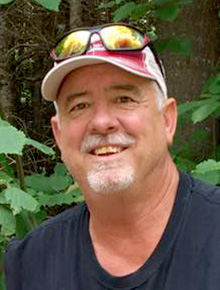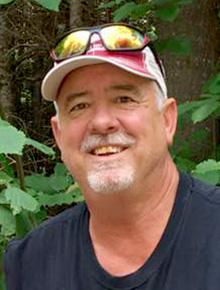
What time is it? It is food plot time. Conservation work is kind of like the fashion industry; you are always working about two seasons ahead. You do fall work to prepare burn breaks for the spring burning season. You plant food plots now in order for wildlife to have a food source three seasons from now in the dead of winter.
On average, food plots make a measurable difference in wildlife survival about once every seven years. The difficult dilemma is that we don’t know when that seventh year will happen. This requires planting one every year to be sure there is one available during that seventh-year difficult winter.
Most food plots are corn or beans and are planted during the normal spring planting season when all of the other acres of corn or beans are planted. In my opinion, corn is the most commonly planted food plot; and my favorite bird, the pheasant, prefers corn over other options.
What you plant and where you plant it is of great importance.
For example, it should be near prime winter wildlife cover, so that birds don’t need to expend too much energy moving from suitable cover to the food source and then back. They are susceptible to predation during those long trips to and from.
Pheasants feed in the early morning and again in late afternoon. A pheasant needs to fill its crop twice a day in order to take in enough calories to survive until spring in good condition.
The crop is a cellophane pouch-like sack in a pheasant’s throat. They feed as fast as they can to fill this crop, returning to the safety of roosting cover and then process the contents of that crop over the next few hours. When I harvest a rooster, I always check the contents of their crop to indicate to me what they are feeding on. This allows me to better target my hunting efforts in that area.
In normal years there is enough waste grain that is sprinkled across the farm fields that is not collected by the combine to provide pheasants and other wildlife enough to eat, but deep snow over extended periods of time can make it difficult to access.
Food plots don’t have to contend with snow cover unless the wind fills them in and makes the grain unreachable. This also makes food plot location important. Six rows of corn in the middle of a section will blow full of snow and have little to no food value to wildlife.
In many cases I plan and plant my food plots for the primary benefit of birds. Deer rarely suffer in the farmland zones of Minnesota. Birds, on the other hand, sometimes do. If I plant a corn food plot in southwest Minnesota, the deer will completely clean it out by Jan. 1. This is when snow depths start to get deeper.
I opt for sorghum or other grain species with tons of much smaller seeds. This is not the total, but it is harder for deer to eat the seeds that fall to the ground.
Considering food plots are a live-or-die matter only once in every seven years, I still plant one every year. I often include buck wheat and other flowering food type plants. Broadleaves create insects and pheasant chicks feed almost exclusively on insects for the first three to four weeks of their life.
My food plots include not only a food source in the winter but also a food source in June when most of the pheasants hatch. Consider a pheasant chick food plot as part of your efforts.
The last reason I plant a food plot every year is that it concentrates birds on my property so I can hunt them. Shooting roosters has no impact on overall pheasant numbers so harvesting them is actually good for the balance of the population.
Roosters can and do outcompete hens for food when it becomes scarce. Harvesting roosters allows hens to enter the spring in much better overall shape. This results in bigger clutches and better chick survival.
The next time you see a food plot on private land, thank the landowner for giving back a little to our wildlife friends.
Scott Rall, Worthington, is a habitat conservationist, avid hunting and fishing enthusiast and is president of Nobles County Pheasants Forever. He can be reached at scottarall@gmail.com. or on Twitter @habitat champion.



